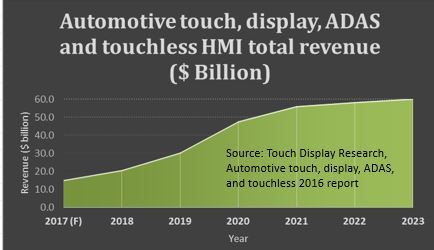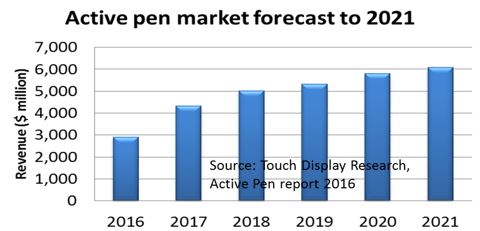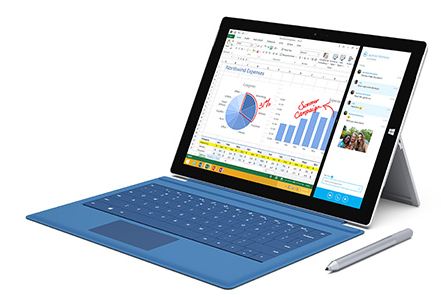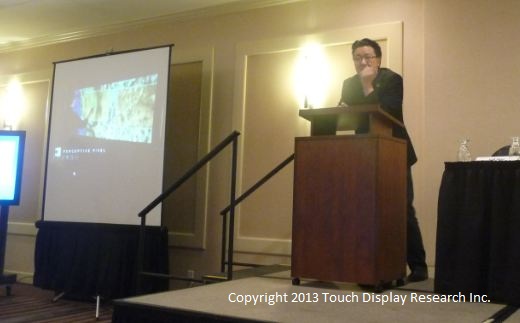March 13, 2017, by Jennifer Colegrove, Ph.D. Touch Display Research
Today France-based Valeo just announced it acquired 100% shares of gestigon, a German start up that is specialize in touchless HMI (human machine interface). The terms is not disclosed.
Currently, there are also rumors about Intel is planning to buy Israel-based Mobileye for $14 billion, according to Reuters, and Jerusalem Post. (Update: These rumors became reality on March 13th, Intel announced to acquire Mobile eye for $15 billion.)
The automotive industry’s adoption of new technologies has accelerated in the past couples of years. More and more touch screens and displays are integrated in the automobiles for better infotainment, intuitive control, and safety. ADAS (Advanced Driver Assistant Systems) and touchless human-machine-interaction have saved lives. Touch Display Research forecasts the overall automotive touch, display, ADAS and touchless HMI market will grow from $15 billion in 2017, to $60 billion in 2023.
In the recently published “Automotive touch, display, ADAS and touchless HMI 2016 report,” Touch Display Research Inc., a market research and consulting firm, analyzes automotive touch screen, display, ADAS (Advanced Driver Assistant System), and touchless human-machine-interaction (HMI).
Figure 1. Automotive touch, display, ADAS and touchless HMI revenue forecast
Source: Automotive touch, display, ADAS and touchless 2016 report, September 2016, Touch Display Research
More than 500 companies working on automotive technologies are profiled in the report, which includes over 100 automotive companies, over 200 touch screen companies, over 200 touchless human-machine-interaction (HMI) companies and about 30 display companies.
Dr. Colegrove, author of this report, has conducted many first-hand survey and interviews of touch panel suppliers, display suppliers, touchless sensor suppliers, automotive system integrators, automotive brand companies in the past several years.
The “Automotive touch, display, ADAS and touchless HMI 2016 Report” is available immediately and includes a PowerPoint file of over 380 pages and an Excel database.
You can subscribe on our website: www.touchdisplayresearch.com in the Market Research report page or by email: jc@touchdisplayresearch.com
Thanks for reading,
Dr. Jennifer Colegrove and team
About Touch Display Research Inc.
Touch Display Research, Inc. (www.TouchDisplayResearch.com) is a technology market research and consulting firm specializing in touch screen, emerging display and sensor technologies such as OLED displays, OLED lighting, flexible displays, e-paper displays, ITO-replacement, Active pen, near-eye displays, quantum dots, gesture controls, voice controls, eye controls and automotive HMI technologies. Touch Display Research provides standard reports, consulting projects, and due diligence for touch suppliers, display manufacturers, consumer electronics ODMs/OEMs, material suppliers, investor companies, venture capitalists, and companies who are merging or acquiring companies in the touch screen, display, materials and sensor industry. We are member of FlexTech Alliance, SEMI and SID.




